Digestive System Quiz: How Much Do You Know About The Human Digestive System?
Get ready to know more about the remarkable intricacies of the human body with our "Digestive System Quiz." The digestive process, though often overlooked, plays a pivotal role in ensuring our bodies function optimally. Every bite we take sets off a complex series of events, all meticulously choreographed, breaking down what we consume into vital nutrients.
However, how well do you understand this amazing internal dance? Our quiz challenges you to dive deep into the world of digestion. From the moment food enters our mouth to its eventual breakdown and assimilation, every step is crucial. Understand the roles Read moreof various organs, the enzymes in action, and the pathways food travels.
Expand your knowledge, satisfy your curiosity, and perhaps gain a newfound appreciation for the wonder that is the human digestive system. Ready for the challenge? Step right in and prove your mettle. Dive into our Digestive System quiz and embark on a fascinating journey of learning and discovery!
Human Digestive System Questions and Answers
- 1.
Which of these is the function of the digestive system?
- A.
To give the body shape.
- B.
To take in oxygen and give off carbon dioxide.
- C.
To transfer signals with the help of nerves.
- D.
To take in and break down food for use by the body.
Correct Answer
D. To take in and break down food for use by the body.Explanation
The function of the digestive system is to take in and break down food for use by the body. This system is responsible for the ingestion, digestion, absorption, and elimination of food. It breaks down the food into smaller molecules that can be absorbed by the body's cells and used for energy, growth, and repair.Rate this question:
-
- 2.
A long tube that carries food from the mouth to the stomach is ____________.
- A.
Trachea
- B.
Esophagus
- C.
Urethra
- D.
Small intestine
Correct Answer
B. EsopHagusExplanation
The correct answer is the esophagus. The esophagus is a long tube that carries food from the mouth to the stomach. It is located behind the trachea and in front of the spine. The esophagus uses rhythmic muscle contractions called peristalsis to push the food down into the stomach. The trachea is the tube that carries air to the lungs, the urethra is the tube that carries urine out of the body, and the small intestine is the part of the digestive system where most of the absorption of nutrients takes place.Rate this question:
-
- 3.
Which organ stores the liver's digestive juices until they are needed by the intestines?
- A.
Pancreas
- B.
Gallbladder
- C.
Villi
- D.
Large intestine
Correct Answer
B. GallbladderExplanation
The gall bladder stores the liver's digestive juices, called bile until they are needed by the intestines. Bile is produced by the liver and helps in the breakdown and absorption of fats in the small intestine. When food containing fats enters the small intestine, the gallbladder releases bile into the digestive tract to aid in the digestion process.Rate this question:
-
- 4.
An organ that produces a bodily juice called bile is ____________.
- A.
Liver
- B.
Pancreas
- C.
Gallbladder
- D.
Urethra
Correct Answer
A. LiverExplanation
The liver is an organ that produces a bodily juice called bile. Bile is a greenish-yellow fluid that helps in the digestion and absorption of fats. It is produced in the liver and stored in the gallbladder before being released into the small intestine. The liver also performs other important functions such as detoxification, metabolism, and storage of nutrients. The pancreas, on the other hand, produces digestive enzymes and insulin, while the gallbladder stores and releases bile. The urethra is a tube that carries urine from the bladder to the outside of the body.Rate this question:
-
- 5.
The place where digested molecules of food, water, and minerals are absorbed is ___________.
- A.
Small intestine
- B.
Large intestine
- C.
Mouth
- D.
Liver
Correct Answer
A. Small intestineExplanation
The small intestine is the place where digested molecules of food, water, and minerals are absorbed. It is responsible for the majority of nutrient absorption in the digestive system. The small intestine has a large surface area due to its numerous folds and projections called villi, which increases the absorption capacity. The absorbed nutrients are then transported to the bloodstream to be distributed throughout the body.Rate this question:
-
- 6.
The organ that produces a digestive juice that contains a wide array of enzymes to break down fat, carbohydrate, and protein in food is ____________.
- A.
Pancreas
- B.
Liver
- C.
Large intestine
- D.
Small intestine
Correct Answer
A. PancreasExplanation
The pancreas is an organ that produces a digestive juice called pancreatic juice. This juice contains a wide array of enzymes, such as lipase, amylase, and protease, which are responsible for breaking down fat, carbohydrate, and protein in food. These enzymes help in the process of digestion and ensure that the nutrients from the food we eat can be absorbed and utilized by the body.Rate this question:
-
- 7.
Which part of the digestive system removes solid wastes such as feces from the body?
- A.
Large intestine
- B.
Small intestine
- C.
Esophagus
- D.
Liver
Correct Answer
A. Large intestineExplanation
The large intestine is responsible for removing solid wastes such as feces from the body. It is the final section of the digestive system and absorbs water and electrolytes from the remaining digested food, forming feces. The feces are then stored in the rectum until they are eliminated from the body through the anus. The small intestine is responsible for absorbing nutrients from the food, while the esophagus is the tube that connects the mouth to the stomach. The liver plays a role in producing bile, which aids in the digestion and absorption of fats.Rate this question:
-
- 8.
Which organ stores swallowed food and liquid, mixes up digestive juices with the food and liquid, and sends it to the small intestine?
- A.
Small intestine
- B.
Large intestine
- C.
Stomach
- D.
Liver
Correct Answer
C. StomachExplanation
The stomach is the organ that stores swallowed food and liquid, mixes it with digestive juices, and sends it to the small intestine. It has muscular walls that contract and relax to churn the food, breaking it down into smaller pieces and mixing it with stomach acid and enzymes. This process helps to further break down the food and begin the process of digestion before it moves on to the small intestine for further absorption and digestion.Rate this question:
-
- 9.
Tiny fingerlike projections in the small intestine are __________.
- A.
Villi
- B.
Anus
- C.
Rectum
- D.
Urethra
Correct Answer
A. VilliExplanation
Villi are tiny fingerlike projections in the small intestine that increase the surface area for absorption of nutrients. They contain blood vessels and lymphatic vessels that help in the absorption and transport of nutrients into the bloodstream. Villi play a crucial role in the digestion and absorption of food in the small intestine.Rate this question:
-
- 10.
Which organ contains tiny glands that produce juices to digest food, found in the mouth, stomach, and small intestine?
- A.
Villi
- B.
Mucosa
- C.
Anus
- D.
Stomach
Correct Answer
B. MucosaExplanation
The correct answer is Mucosa. The mucosa is the innermost layer of the digestive tract and contains tiny glands that produce juices to digest food. These glands are found in the mouth, stomach, and small intestine. The mucosa plays a crucial role in the digestion and absorption of nutrients from the food we consume.Rate this question:
-
- 11.
The final portion of the large intestine is __________.
- A.
Esophagus
- B.
Rectum
- C.
Gallbladder
- D.
Anus
Correct Answer
B. RectumExplanation
The final portion of the large intestine is the rectum. The rectum serves as a temporary storage site for feces before they are eliminated through the anus. It is located between the sigmoid colon and the anus and is responsible for the voluntary control of defecation.Rate this question:
-
- 12.
The opening at the end of the digestive tract in which solid wastes are eliminated is ___________.
- A.
Anus
- B.
Mucosa
- C.
Liver
- D.
Rectum
Correct Answer
A. AnusExplanation
The opening at the end of the digestive tract through which solid wastes are eliminated is called the anus. It is the final part of the gastrointestinal tract and is responsible for the excretion of feces from the body. The anus is a muscular structure that allows for the controlled release of waste materials, preventing them from re-entering the body.Rate this question:
-
Quiz Review Timeline +
Our quizzes are rigorously reviewed, monitored and continuously updated by our expert board to maintain accuracy, relevance, and timeliness.
-
Current Version
-
Jul 15, 2024Quiz Edited by
ProProfs Editorial Team
Expert Reviewed by
Angela Koomson -
Apr 12, 2011Quiz Created by
Paxalles



(53).jpg)
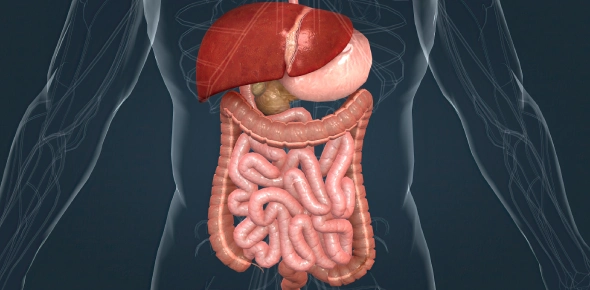
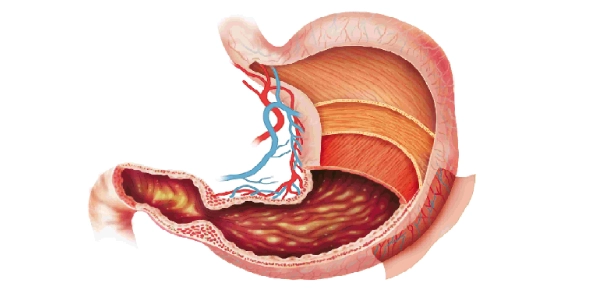

.webp)
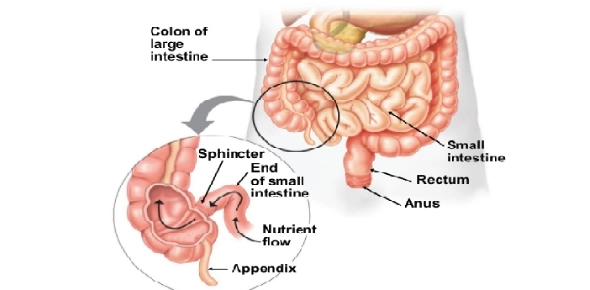
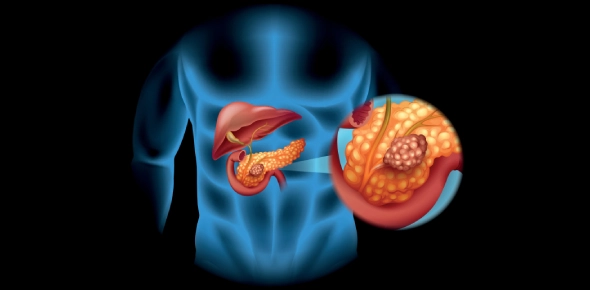
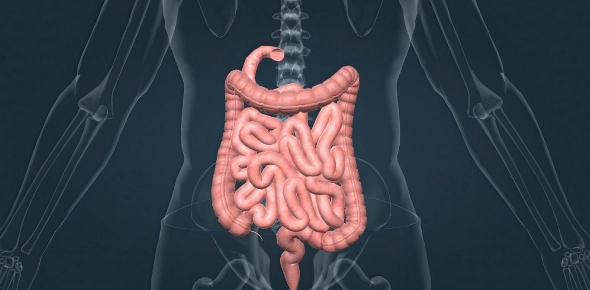


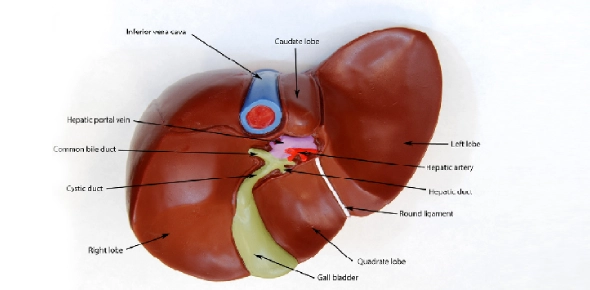

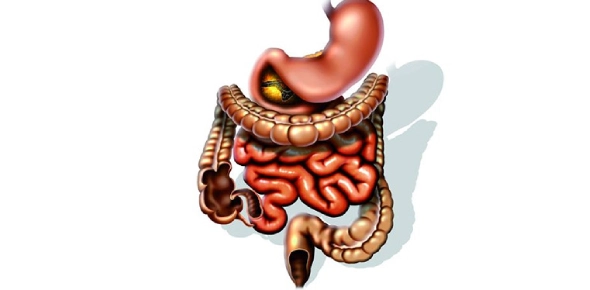
 Back to top
Back to top